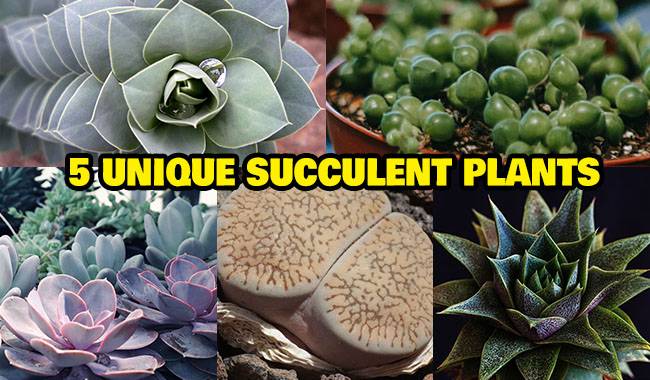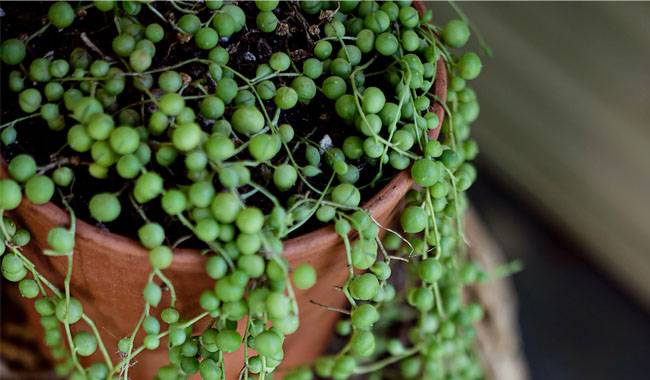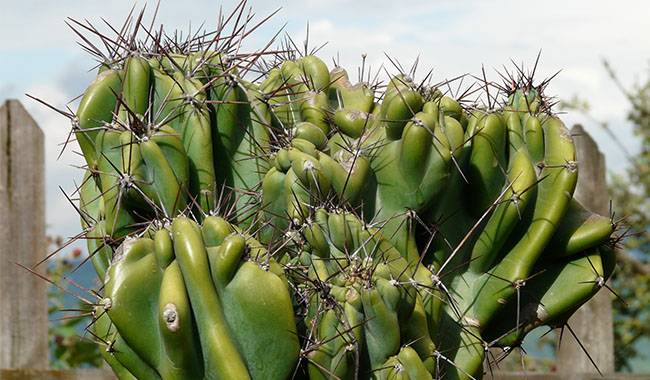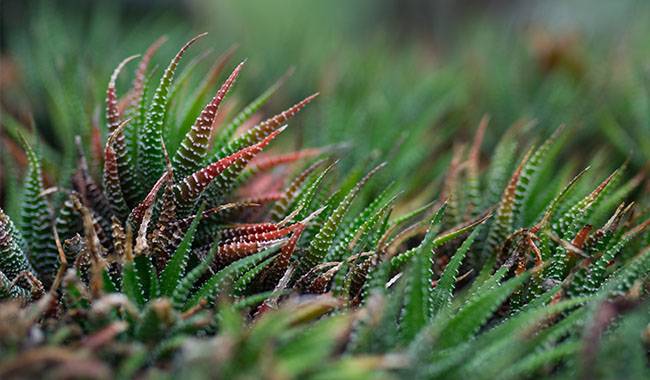
Haworthia, a member of the subfamily Asphodelaceae, is a miniature or dwarf herbaceous succulent plant. In the wild, they can be found in South Africa. Such a succulent plant is named Haworthia, after the English botanist Adrian Haworth, and it was he who determined the plant’s place in the classification.
Usually, the fleshy, dark green leaf plates form rosettes on the ground, but some species have rather short stems. The plant can accumulate fluid in the thickened leaf plates, which can store more water. Succulents need to keep water for long dry periods. The edges of the leaves are either serrated, smooth, or have awnings on them. Some species have white raised tubercles on the surface of the leaves. The shrubs usually have many lateral buds. The small white flowers have no decorative value.
BRIEF DESCRIPTION OF HAWORTHIA CULTIVATION
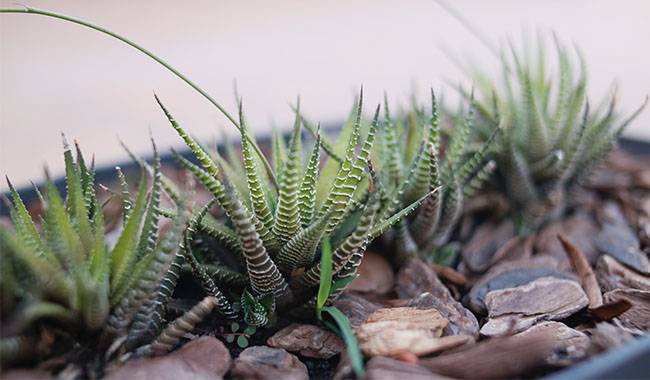
- Flowering. This succulent plant is an ornamental deciduous plant.
- Lighting. Full sun and bright light for east, south, or west-facing windows. Can shrink species with monochromatic foliage into a light shade in hot summers.
- Temperature. At average room temperature, it grows well.
- Watering. Water sparingly during the growing season, as long as the top layer of potting soil is dry. If the shrub has gone dormant in winter, water less frequently, once every 4 weeks.
- Humidity. Any level of air humidity is appropriate.
- Fertilizer. Fertilize once every 4 weeks between April and August, using a cactus compound for this purpose. The solution should be 2 times weaker than recommended in the enclosed remedy instructions.
- Dormant period. No information is available at this time.
- Transplanting. Should transplant the young shrubs once a year, mature ones – once in spring within 3 years.
- Propagation. The most common is asexual propagation, by dividing sub rosettes.
- Pests. Moths and scabies.
- Diseases. Plants begin to rot due to overwatering or when liquid enters the rosette.
RULES FOR GROWING HAWORTHIA
To grow a spectacular Haworthia plant on your windowsill, you must follow the rules of this culture’s agricultural techniques.
- West, south, and east-facing windows are good for planting but must protect the flowers from the scorching sun.
- In spring and summer, watering should be moderate. In winter, the plants will rest and be kept in a cool place 50-53 °F (10-12°C) and watered every 4 weeks.
- Transplant the shrubs every year, taking a container that is not very deep and wide, with a good drainage layer at the bottom.
- Should do planting with a soil mixture consisting of leaves and turf soil (1:1), adding 30% of brick chips or small gravel is necessary.
HOME CARE FOR HAWORTHIA PLANT
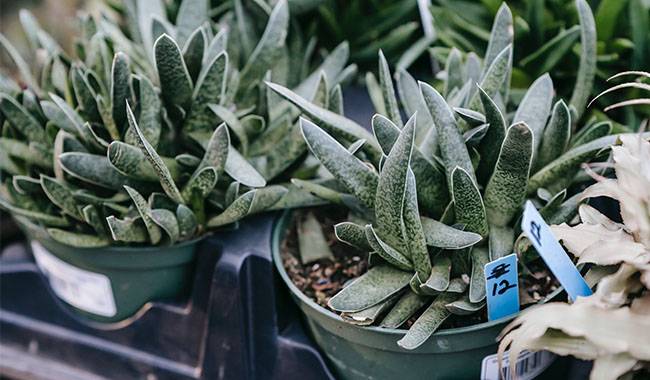
Haworthia plant has a very attractive and showy look but is not very demanding. Therefore, anyone can grow a succulent plant at home, as long as they know how to care for it properly.
If the shrub is growing on a sunny windowsill, in severe heat, it should move to a slight half-space, or if this is possible, to a terrace or shaded balcony. Since this flower is a succulent plant, it can grow in any humidity. Therefore, should regularly ventilate the room where the Haworthia plant is grown in both summer and winter.
The water used for watering should be well-drained and soft. Only slightly moisten the top substrate in the container when watering, as this succulent plant requires very little water. In summer, water the plant as soon as the top layer of substrate dries out. If it is in a cool room at 50-53 °F (10-12°C) in winter, it needs watering only once every 4 weeks, if growing at 64-68 °F (18-20°C) or more at this time, water it for half a month as a rule. Watering should be done so that the water does not reach the center of the rosette, as this may lead to rot.
Haworthia plant flowers do not have any decorative value. Therefore, pulling the stems as soon as they appear so the shrub does not waste any energy in flowering.
Fertilizing Haworthia plant
From April to August, fertilize this succulent plant systematically every 4 weeks. With cactus fertilizers, the solution should be 2 times less concentrated than the instructions state. Experienced growers recommend adding fertilizer to the irrigation water. Stop fertilizing in the fall.
Transplanting Haworthia plants
Transplant Haworthia if necessary, for example, if the container becomes very small. Younger specimens are usually repotted annually, and older specimens are repotted every 2 or 3 years. Do not choose a very large, low container for planting, but choose a wide one. If the pot is too deep, it will cause the fluid in the root system to stagnate. Ready-made cactus potting soil can be purchased, but a small amount of fine clay and expanded clay should be added. If overwatered, the expanded clay will absorb the extra water. A good drainage layer should always be made at the bottom of the pot. In principle, growing and transplanting the Haworthia plant is very easy and can be handled even by novices.
PROPAGATION OF HAWORTHIA PLANT
Cuttings
Suppose the lateral rosettes of the Haworthia plant have formed a root system. In that case, they should be carefully separated from the parent shrub and immediately planted in pots containing a moist substrate. If the cuttings have two or three leaves but no roots, the cuttings should be treated with wood ash, left to dry for a few days, and then planted in moist sand to take root. Once they form roots, they can be transplanted into pots filled with substrate. Leaf plugs require the same procedure. Once cut, they are left outside to dry for a few days and then planted in sand or loose substrate for rooting. The substrate in pots should not be watered until the roots have grown, just slightly moistened with a sprayer. Pots should not be covered with aluminum foil or glass, as there is a good chance that cuttings will rot under these greenhouse conditions. Spring is a good time to propagate.
How to propagate by seeds
Haworthia plant seeds are distributed on a loose substrate or moist sand surface. Cover the seeds with glass or film and place the container in a well-lit and warm place 68-77 °F (20-25°C). However, it should be remembered that the germination rate of seeds is extremely low, and it takes a long time to grow a Haworthia plant from seeds. For this reason, florists prefer to propagate this plant asexually.
More Related Information About Houseplants




